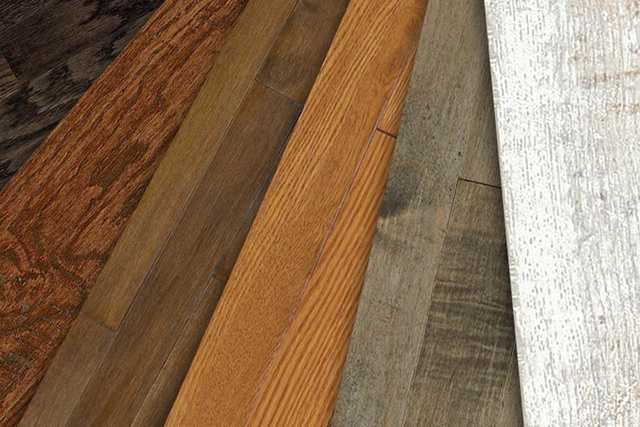Solid Hardwood vs. Engineered Hardwood
Compare the Two Types of Hardwood Flooring
With so many beautiful and durable hardwood options, choosing one for your project is exciting—and it can also be a challenge. There are distinct differences that separate engineered and solid hardwood flooring. Engineered hardwood uses a plywood core with a thin layer of hardwood on top, offering a cost-effective and water-resistant alternative to traditional hardwood. However, unlike solid hardwood you can’t refinish the flooring as often. So you must consider budget and flooring location when evaluating the two.
Inspiration to Your Inbox
Sign up for news about our latest flooring innovations—and get inspired for your next project.
Sign Up






 Guide To Choosing a Hardwood Floor
Guide To Choosing a Hardwood Floor Hardwood Flooring Room Inspiration Guide
Hardwood Flooring Room Inspiration Guide 10 Things to Know About Hardwood Floor Installation
10 Things to Know About Hardwood Floor Installation How To Clean and Protect Hardwood Flooring
How To Clean and Protect Hardwood Flooring